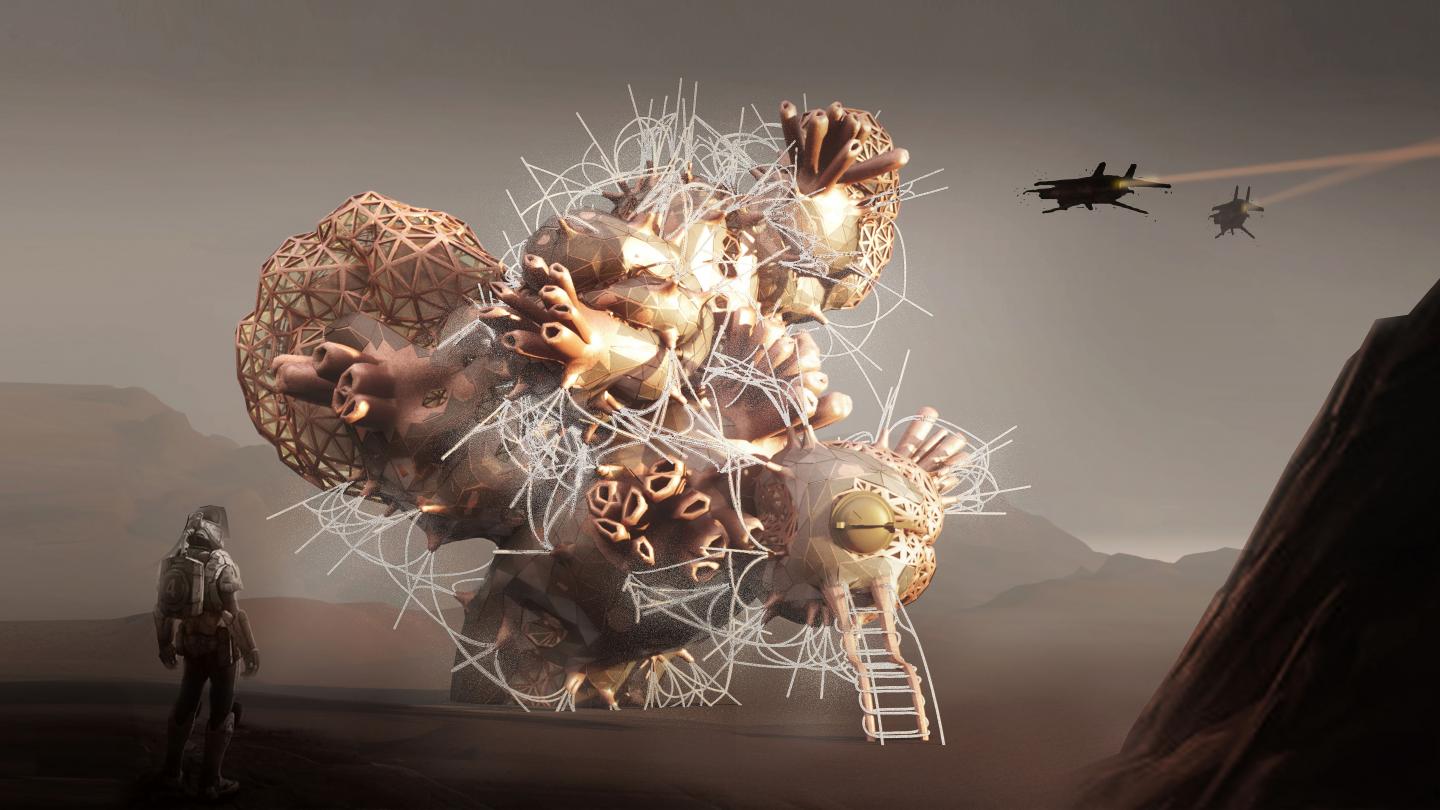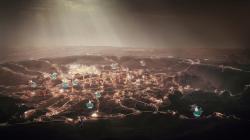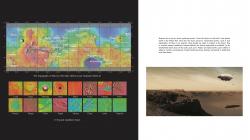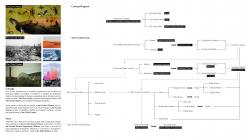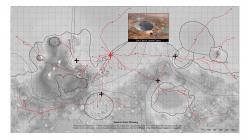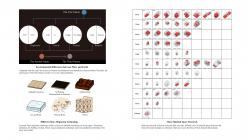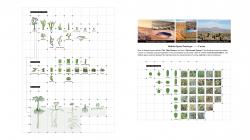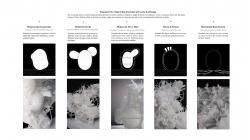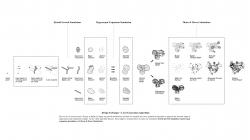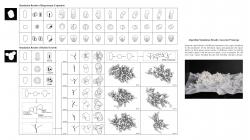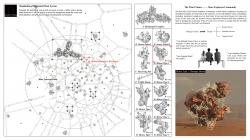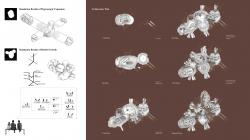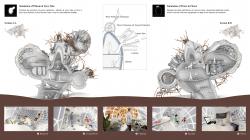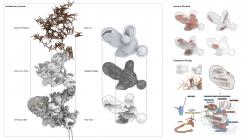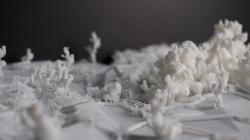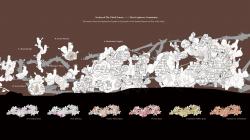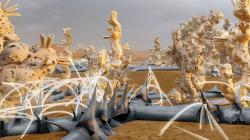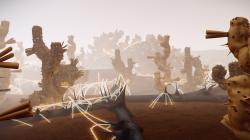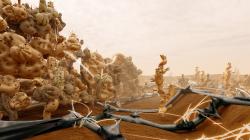Humans have always been exploring nature. From the plains to the hills, from planet Earth to the Milky Way. Mars has too many attractive exploration factors, such as rich topography. Therefore, Mars is no surprise where people are eager to explore in the future.
【The Third Nature - Mars Human Habitat】
Not all the destinations for human exploration are suitable for biological habitat. According to whether it is suitable for biological habitat, the destinations for human exploration can be divided into two kinds of nature: The First Nature (suitable for biological habitat) & The Second Nature (not suitable for biological habitat).Some spaces on Earth are similar to the Second Nature, such as desert(natural). ruin(artificial) and so on. Mars belongs to the Second Nature, so how to establish a habitat for explorers on Mars is called the establishment of the Third Nature.
Therefore, the whole story revolves around Mars exploration. People who are keen on exploring the Second Nature in the future will form the Second Nature Exploration Alliance, and Mars is also one of their exploration destinations. Therefore, it is necessary to establish a habitat for explorers on Mars.
【Cacti on Mars】
Due to extreme natural conditions, human habitats are almost impossible to establish. In the uninhabited desert areas of the earth (Similar to the Second Nature), cacti grow. People are impressed by cacti's ability to adapt to extreme environments. People borrowed cactus biology and started to build their own Mars home.
【Translate Five Main Characteristics of Cacti for Design】
By extracting the five main biological characteristics of cactus which are helpful to adapt to harsh environment, we try to translate them into the space design of Mars habitat which will help our design adapt and respond to some special and severe environmental problems on Mars.
1 Hygroscopic Expansion - Simulate hygroscopic expansion, use the inflatable expansion technology to form minimal space to meet satisfaction of various minimal living space.
2 Hybrid Growth - Simulate hybrid growth by grafting of different types of cactus tubers, design different types of space units and form buildings to improve environmental adaptability.
3 Phloem & Sieve Tube - Simulate the structure of cactus epidermis - phloem & sieve tube to form a three-layer defense wall of Martian stone, water ice and inflatable bladder to resist to sandstorm, radiation and other problems.
4 Thorn & Flower - Simulate the thorn and flowers of cactus to form a functional epidermal system to meet satisfaction of daily life needs.
5 Horizontal Root System - Simulate the horizontal root system of cactus to form the traffic network of Mars habitat.
【Cactus Algorithm】
We take the advantage of algorithm. By trying to extract cactus's feature to define its shape and growth mechanism, then we compile the cactus generation algorithm to generate the external shape of buildings. This helps us to generate different types of design projects quickly and efficiently.
【Imagination of The Third Nature】
The algorithm can generate innumerable cacti, but how to create the third nature of Mars is what human beings should define and what we want to discuss most. We look forward to the third natural habitat of mankind, which is in the ascendant and full of vitality.
2022
2022
Human Migration Plan - Mars Habitat Design Project
Design: Zhiwei Xu, Wei Ye
Supervisors: Weiguo Xu, Likai Wei, Xiayu Zhao
Institute of Future Human Habitat (iFHH), Shenzhen International Graduate School (SIGS), Tsinghua University
Favorited 2 times
